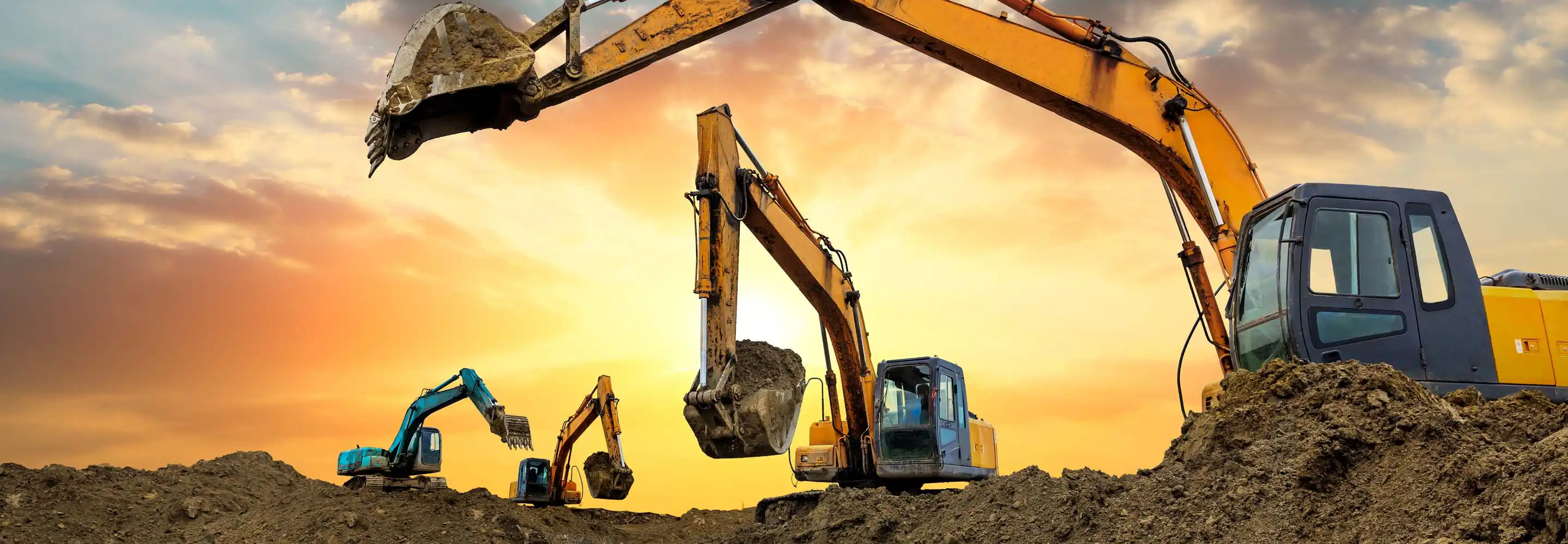Heavy Equipment Rental: High-Quality Machinery for Lease
Heavy Equipment Rental: High-Quality Machinery for Lease
Blog Article
Renting Vs. Buying Construction Devices: Making the Right Choice for Your Job
When starting a construction project, one of the essential choices that project stakeholders and supervisors face is whether to lease or buy building and construction devices. Both choices have their benefits and downsides, making the choice a critical one in the project preparation procedure. The choice pivots on various factors such as price factors to consider, task period, devices upkeep, adaptability, scalability, and danger administration. Each element plays an essential function in determining one of the most suitable course for the task's equipment requirements. dozer rental. Allow's check out these elements better to recognize just how they influence the decision-making procedure and ultimately the success of the project.
Price Considerations
When evaluating the financial element of renting versus purchasing building and construction tools, the lasting expenses and ahead of time prices must be very carefully considered. Renting out tools commonly requires reduced initial payments contrasted to acquiring, making it an appealing alternative for short-term projects or professionals with budget constraints. Renting out eliminates the need for big capital expenses and lowers the economic danger related to devices possession, such as maintenance and depreciation expenses. Nonetheless, in the future, continually renting equipment can gather greater expenses than buying, specifically for extensive projects.
On the other hand, purchasing construction tools involves greater upfront prices however can cause long-lasting financial savings, specifically for regular customers or long-term tasks. Possessing tools supplies adaptability, convenience, and the possibility for resale value once the task is finished. In addition, owning equipment permits personalization and familiarity with details machinery, possibly increasing performance and efficiency on-site. Inevitably, the decision between renting and acquiring building and construction equipment pivots on the job's period, frequency of usage, budget plan considerations, and long-term financial objectives.
Job Period

On the other hand, for long-lasting projects or recurring building job, getting tools might be the much more affordable choice. Acquiring devices can result in cost savings over time, especially if the tools will be often utilized. Furthermore, having tools offers a feeling of control over its schedule and permits customization to fit certain task demands.
:max_bytes(150000):strip_icc()/Balance_Must_Have_Earth_Moving_Construction_Heavy_Equipment_844586-c5b6ac9e5c074c11ad41e9acaea8f099.png)
Devices Maintenance
Given the important duty project period plays in figuring out the most economical technique in between acquiring and renting construction tools, the focus currently shifts towards checking out the vital aspect of equipment upkeep. Appropriate upkeep is critical for guaranteeing the optimal efficiency and long life of construction equipment. Renting tools typically features the benefit of having properly maintained machinery provided by the rental firm. This can alleviate the worry of upkeep jobs from the job owner or professional, conserving time and initiative. On the other hand, possessing devices needs a proactive strategy to maintenance to prevent break downs, guarantee safety, and extend the equipment's lifespan. Normal examinations, servicing, and prompt repair work are essential to maintain owned tools in leading functioning condition. Element in upkeep expenses when making a decision in between acquiring and renting, as overlooking maintenance can result in costly repair services, downtime, and project delays. Eventually, a well-kept construction tools fleet, whether rented or had, is necessary for the effective and effective completion of building and construction jobs.
Versatility and Scalability
In the realm of construction tools management, the element of versatility and scalability holds significant importance for job efficiency and resource utilization. Choosing to rent out building and construction tools gives a high level of versatility as it allows for the quick modification of tools types and quantities based upon the advancing requirements of a project. Leasing makes it possible for service providers to access a vast array of specific tools that may be needed for details jobs without the lasting dedication of possession. This versatility is particularly helpful for projects with varying demands or uncertain durations (heavy equipment rental).
Leasing building and construction tools uses the advantage of quickly scaling procedures up or down as job needs rise and fall. Contractors can quickly trade or add equipment to match the project's transforming needs without the constraints of owning possessions that may become underutilized or out-of-date.
Risk Management
Efficient danger monitoring in building tools procedures is paramount to making certain job success and mitigating possible monetary losses. Building and construction jobs inherently include numerous dangers, such as devices malfunctions, mishaps, and task delays, which can dramatically influence the forklift rental project timeline and budget. By carefully taking into consideration the risks connected with owning or renting out building and construction equipment, task managers can make educated decisions to decrease these prospective risks.
Leasing construction tools can offer a degree of risk reduction by transferring the duty of upkeep and repairs to the rental business. This can reduce the monetary problem on the job owner in situation of unanticipated equipment failures (dozer rental). Furthermore, renting out gives the flexibility to gain access to customized devices for specific project phases, lowering the danger of having underutilized machinery
On the other hand, possessing building and construction devices offers a sense of control over its usage and upkeep. However, this additionally suggests bearing the full obligation for repair work, maintenance prices, and depreciation, boosting the financial dangers related to devices ownership. Mindful threat analysis and factor to consider of elements such as task period, equipment application, and upkeep requirements are critical in identifying the most ideal option for effective threat administration in building jobs.
Verdict
In verdict, when deciding between leasing and purchasing building equipment, it is necessary to think about price, project period, equipment upkeep, flexibility, scalability, and risk management. Each aspect plays a crucial function in establishing one of the most suitable alternative for the task handy. By meticulously evaluating these aspects, job supervisors can make an informed choice that straightens with their spending plan, timeline, and general job goals.

Report this page